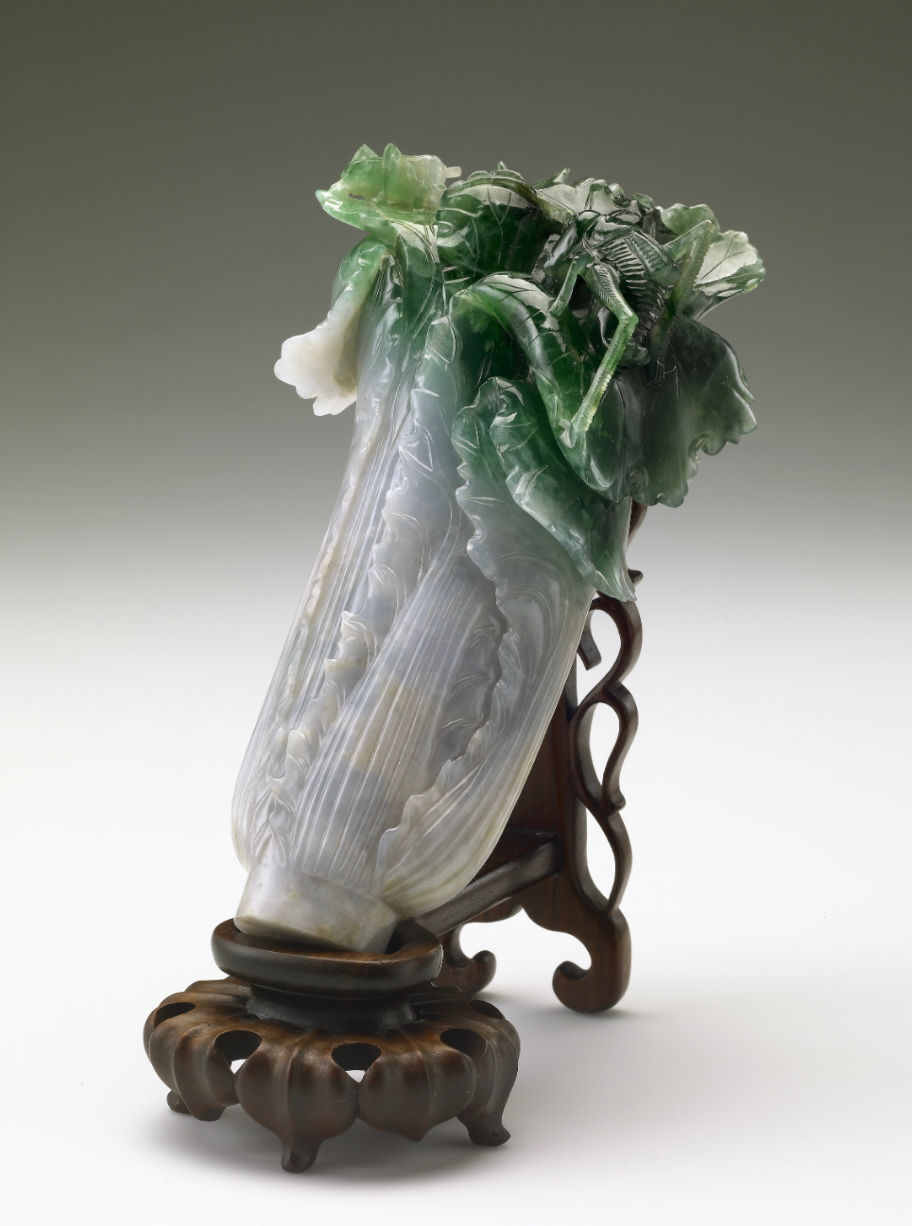Imperial Jadeite Icons and the Hidden Power Behind Ancient Chinese Treasures
- Lam Lieu
- May 9
- 3 min read
In the world of Eastern elegance, few treasures have left as lasting an impression as the imperial jadeite icons of China's dynasties.
On a silent night, with the moonlight casting a pale glow over the curving rooftops of the Forbidden City, a lone figure wandered through. No guards. No sounds. Just the sacred stillness of history awakening in each stone.
Suddenly, Emperor Qianlong appeared. He wasn't angry about the intruder—he smiled gently and extended his hand, offering a small item: a jade thumb ring

"This is the ring I wrote my first poem for," he said, eyes shimmering as if each line of his verse still resonated in the stone's veins. "Jade must have meaning, like a person. Without meaning, it's just a rock."
And in that moment, everything made sense: why jadeite once became the ultimate trend icon across the Eastern elite for centuries.
Where Did the Story Begin?
Before it became high-end jewelry, jadeite was a jade icon of ancient ritual, power, and philosophy within China's imperial palaces.
Jadeite—a jade stone with deep, vibrant green—was more than beauty. It pulsed with vitality, like a symphony of Eastern spirit. Even if you don’t believe in feng shui or mysticism, you’d still feel something… hard to name… when holding real jadeite in your hand.
It’s no wonder that since the Qianlong era, emperors, officials, scholars, and poets alike were mesmerized by jade.
Not just for its material worth. Not just for social rank. But because jade embodied the five Confucian virtues: Benevolence, Righteousness, Propriety, Wisdom, and Integrity. Wearing jade reminded one to live with principle. Every piece—be it carved with flowers, birds, dragons, or left smooth—carried a philosophy sculpted by its artisan.

A question arose: “Where did jade come from?”
Qianlong chuckled. “From Burma. Our ancestors conquered to obtain it. But what matters isn’t the jade—it’s the meaning we infuse into it.”
Indeed, beginning in mid-Qing dynasty, jadeite imported from Myanmar began to surpass traditional Hetian jade, thanks to its vivid color and energetic luster. These stones were crafted into thumb rings—symbols of power—that inspired the emperor himself to write poetry.
Then Suddenly, a Woman Appeared
None other than Empress Dowager Cixi.
You’ve probably heard of her—elegant, commanding, and obsessed with jadeite.
She shared stories of a jade bangle she always wore—a gift from Emperor Xianfeng when she was still a concubine. She never took it off—not in life, nor in death. It remains buried with her in the imperial tomb.

Those lush green bangles became a symbol of wealth and power in Beijing.
Lifting a dragon-shaped jade hairpin adorned with ruby and pearls, she asked: “Do you know how much this was auctioned for?”
A voice replied: “A million dollars?”
She laughed. “Wrong. Over 3 million. And even that couldn’t buy the history it carries.”
At Christie’s Hong Kong, a jade hairpin once belonging to Cixi was auctioned for 3.1 million HKD—proof of jadeite’s timeless allure.

Then came the Jadeite Cabbage—a masterpiece carved from one solid piece of jadeite. Green leaves, white stalk, two tiny insects resting on top—a symbol of fertility and purity, once gifted as dowry to a Qing concubine. Its beauty was so arresting… it left people breathless.
The piece is now housed at the National Palace Museum in Taiwan—a treasury of Eastern jade legacy.

And Then… All the Imperial Jadeite Icons Vanished
No more Qianlong. No more Cixi. Only a quiet urge remained—to share this story.
I opened my eyes.So it was a dream. But not a hazy one.The details were so vivid… it felt like I had truly stepped back in time and touched these treasures myself.
And did you know? Real jadeite is rarer than you think.Mines are running dry. Prices only rise.And the cultural and spiritual values once revered by an entire empire? Still here—if you know how to listen.
If you’ve ever wanted to own a symbol—not just of style, but of cultural depth and spiritual resonance—
You’ve just found it.
Explore more curious tales of jade at Living with Lucky Qi — where jade tells stories and time stands still.
Lucky Qi team.
